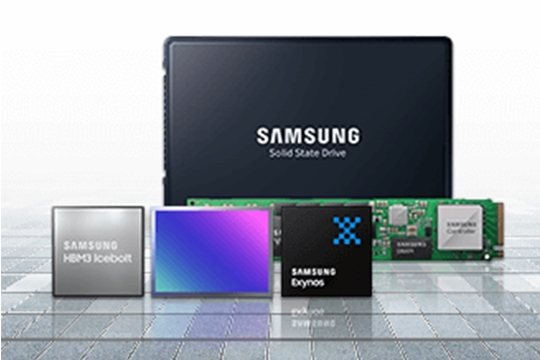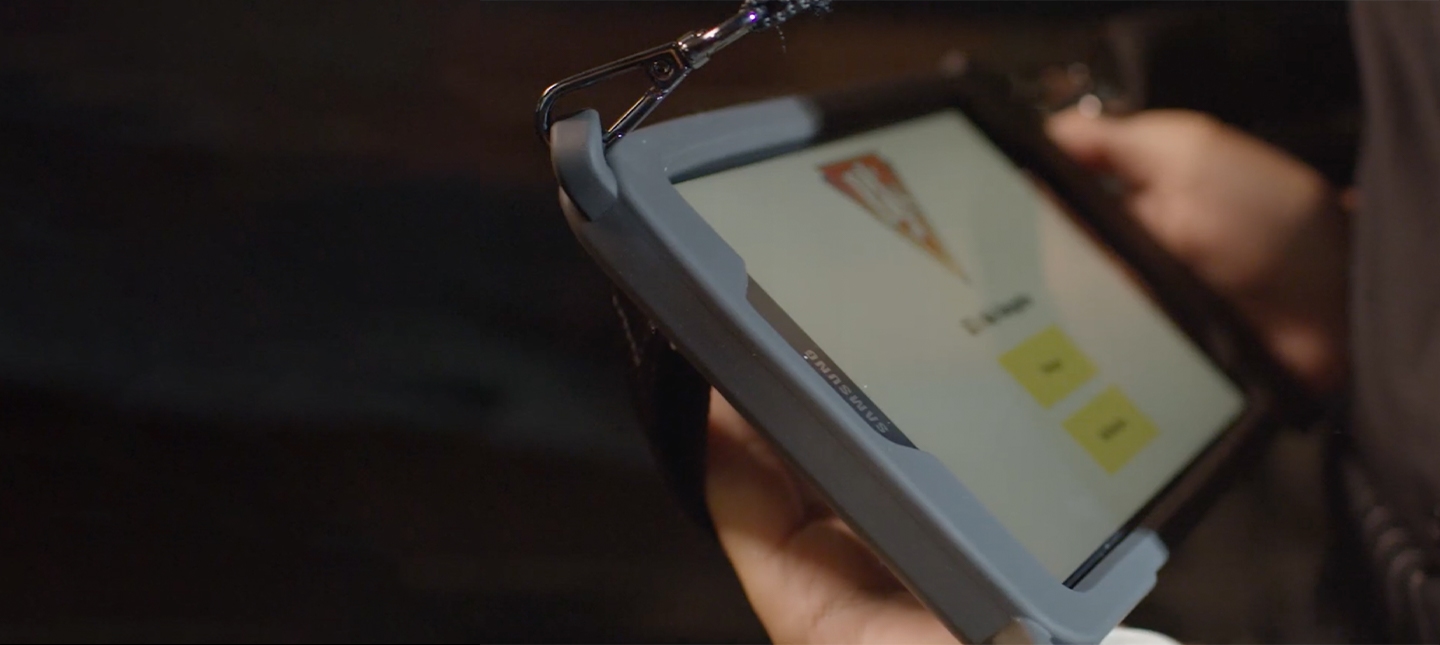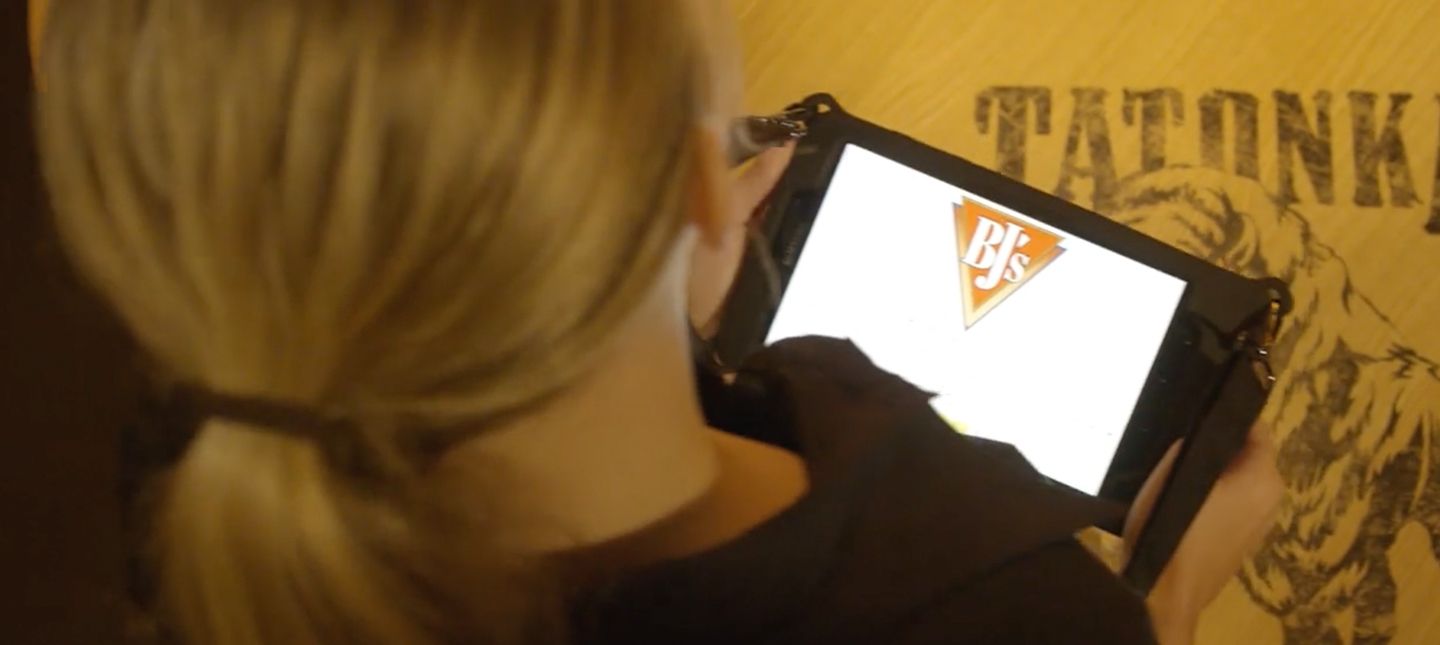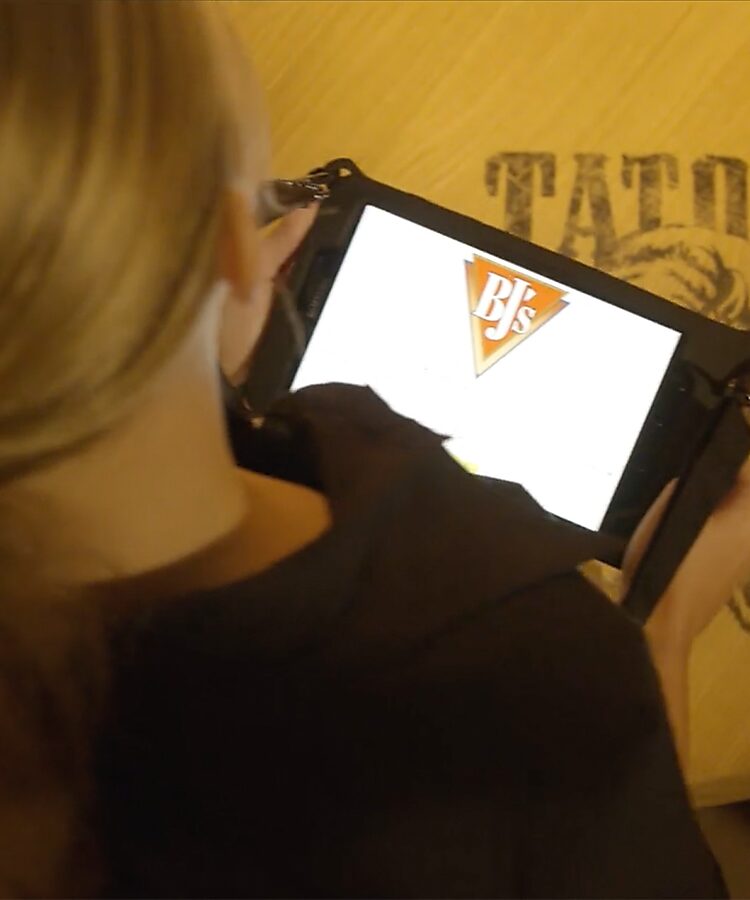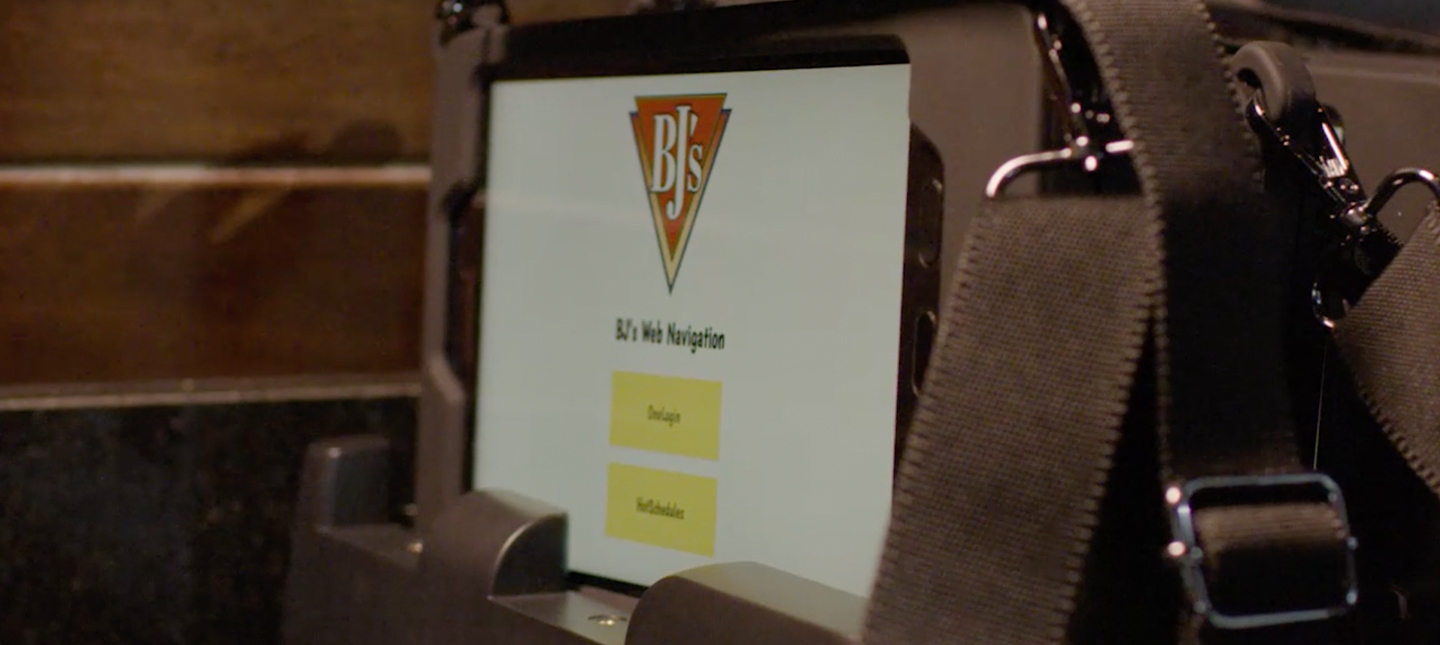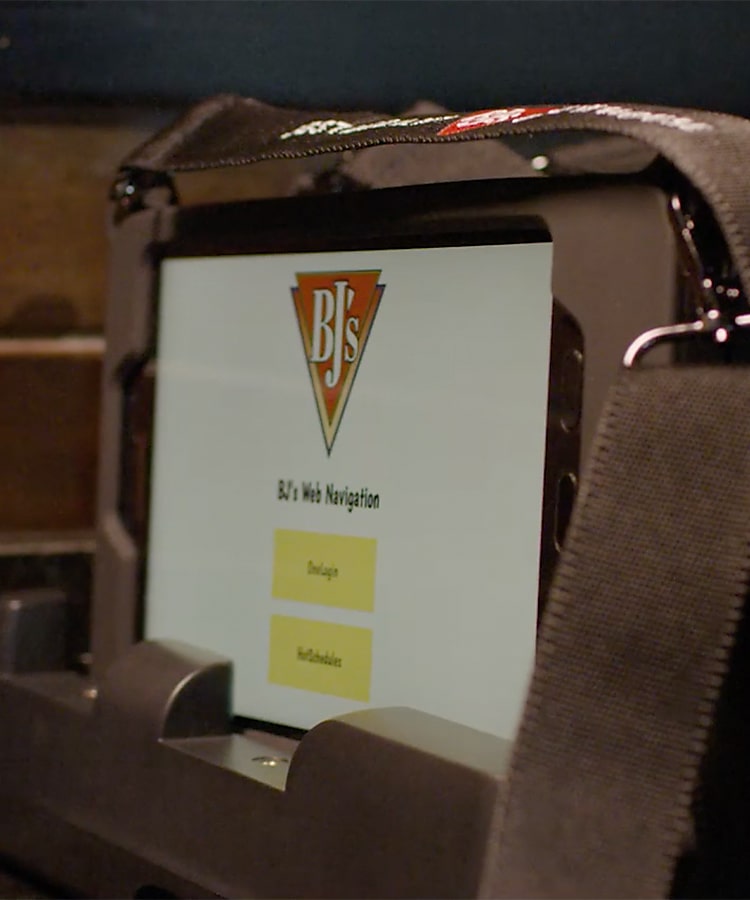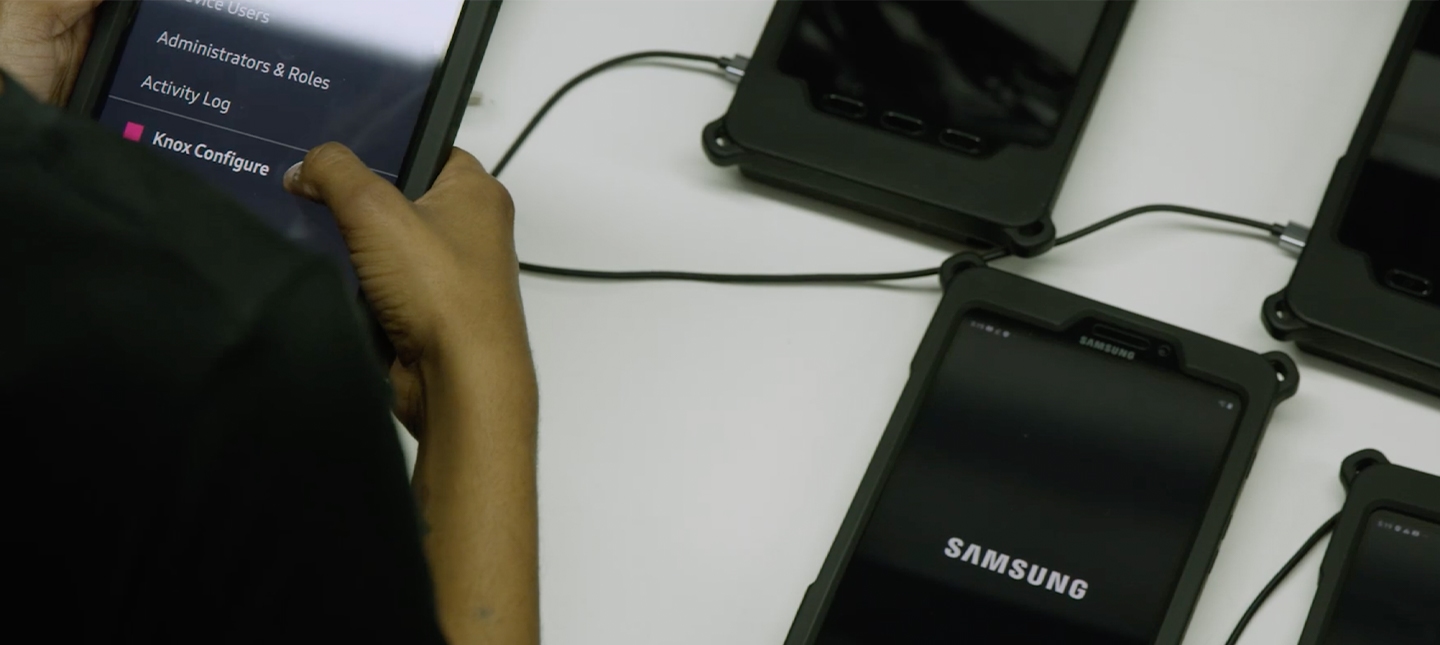The Challenge:
mPOS devices to keep servers moving, diners happy
BJ's was an early adopter of mobile technology in its restaurants, so they knew the value of equipping servers with the right devices. But the limited functionality of their existing tablets—including battery life and connectivity issues—were causing backups at stationary point of sale (POS) terminals and kept BJ's servers from providing the highest level of service to customers.
"[Up to] 70 percent of service time was spent traveling to and waiting for a POS terminal," says BJ's chief information officer, Brian Krakower. "On busy days, there may be 25 servers on the floor, but a typical BJ's location has just six to eight POS terminals. There are only so many places you can put those inside a restaurant. Returning that time was essential in terms of providing better hospitality for our guests, and equipping servers with new tablets was a critical part of that objective."
"[Up to] 70 percent of service time was spent traveling to and waiting for a POS terminal," says BJ's chief information officer, Brian Krakower. "On busy days, there may be 25 servers on the floor, but a typical BJ's location has just six to eight POS terminals. There are only so many places you can put those inside a restaurant. Returning that time was essential in terms of providing better hospitality for our guests, and equipping servers with new tablets was a critical part of that objective."






